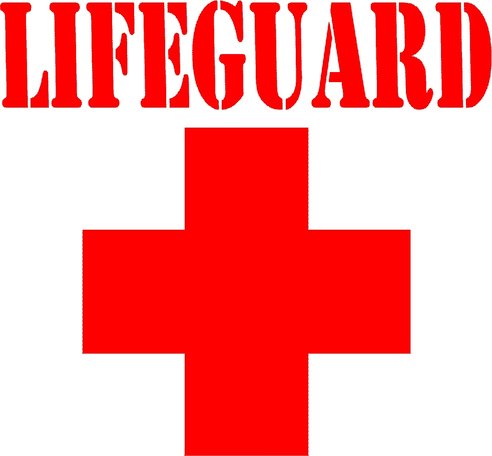I've been a broadcast meteorologist on television since the early 1990's. Happy to answer any questions about the weather or local TV news. Yes, I often wear sneakers on set just out of view of the camera.
Well...interesting question. I'm going to say mostly perception since any number of folks have said the same thing about their town. I suppose you would have to go back and plot historical rainfall data to see if there really was a "hole" in coverage over the city. Cool question, thanks!
Not aware of anything off the top of my head, Michael. Can you post the picture somewhere with a link, maybe Twitter or Flickr and I'd be happy to take a look. Provide as much information as you can, like where you were, what direction you were looking, time of day, etc. You might have some luck checking with a local science museum or astronomy club, or the nearest National Weather Service office. www.weather.gov
Ideally you would find a safe place ahead of the storm arriving. If not, you would want to me in the smallest part of the home nearest the center of the structure, with no windows. The smallest part would offer better structural integrity and hopefully protection from objects hitting the outer walls.
Hi, Darrien. I'm in Texas and don't really follow specific forecasts in Ohio. You might try one of your local television station websites or weather.gov.
Lifeguard
 Are most public pools just gross lakes of bodily fluids?
Are most public pools just gross lakes of bodily fluids?
Federal Lobbyist
 What was the strangest lobbying request you've ever received?
What was the strangest lobbying request you've ever received?
Stand-Up Comedian
 What's your worst bombing story?
What's your worst bombing story?
Very interesting question, Elizabeth. Since I'm not familiar with the area I'll take a guess after looking at the lake on Wikipedia. Fog is created when water vapor cools, so the lake as a moisture source is likely a factor, but difficult to say that the lake level had an effect. I did notice at the end of the Wikipedia article that the area had suffered drought conditions in much of the 2000s which would obviously lower the lake. Also noticed from the picture that it looks like a hilly area. Cool air is heavier and therefore sinks into valley where fog often will form. So my best guess would be that you were in a longer-term dry weather pattern that meant the lake was lower, and might have even been a little cooler. Sure looks pretty! Thanks!
Hi, Drew. Usually a warmer water discussion is relevant for hurricanes. I would use these resources. Good luck! http://www.nhc.noaa.gov/ http://www.spc.noaa.gov/
Yup, all temperature, but the trick is knowing the temperature as you go up through the atmosphere from the ground. The temperature can, and does, vary a great deal as you go higher, and can actually go up with height. The precipitation type is determined by this temperature profile. Below freezing all the way up, snow. If there is a warm layer above the ground there can be some melting and re-freezing on the way down, this is what creates sleet. Or warm aloft and a very cold, but thin, layer at the ground creates freezing rain. This is why we use weather balloons, to measure the temperature aloft. Great question, thanks!
-OR-
 Login with Facebook
Login with Facebook (max 20 characters - letters, numbers, and underscores only. Note that your username is private, and you have the option to choose an alias when asking questions or hosting a Q&A.)
(A valid e-mail address is required. Your e-mail will not be shared with anyone.)
(min 5 characters)
By checking this box, you acknowledge that you have read and agree to Jobstr.com’s Terms and Privacy Policy.
-OR-
 Register with Facebook
Register with Facebook(Don't worry: you'll be able to choose an alias when asking questions or hosting a Q&A.)